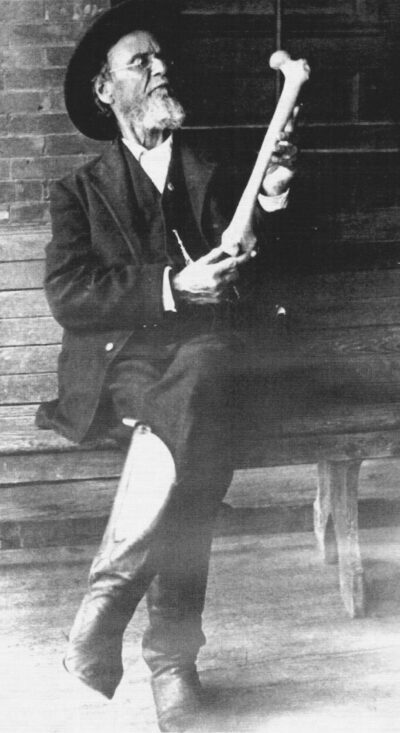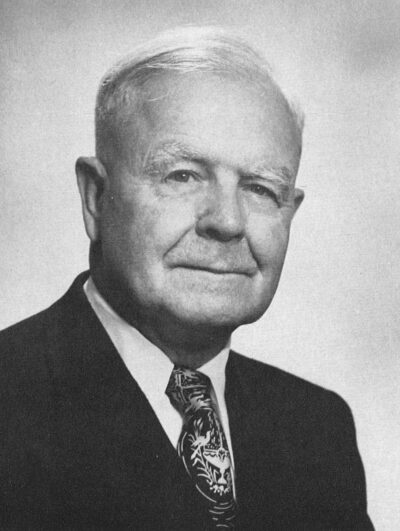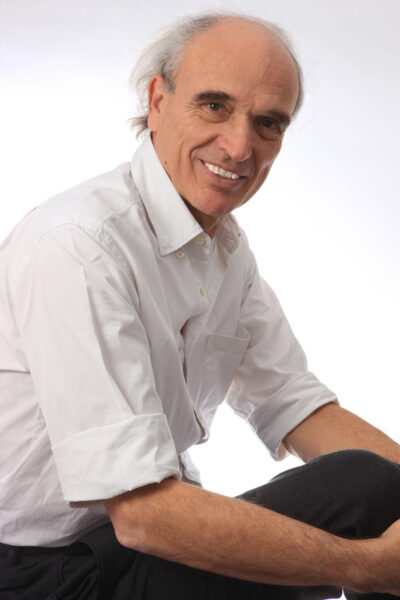BIRTH OF OSTEOPATHY
 The modern and official founder of osteopathy was the American Andrew Taylor Still (1828-1917). Taylor Still studied allopathic medicine at the University of Medicine in Kansas City, Missouri. He later enlisted as a surgeon in the army during the Civil War, gaining extensive experience in the anatomy and physiology of living man. Dr. Still was gradually disappointed by traditional methods.
The modern and official founder of osteopathy was the American Andrew Taylor Still (1828-1917). Taylor Still studied allopathic medicine at the University of Medicine in Kansas City, Missouri. He later enlisted as a surgeon in the army during the Civil War, gaining extensive experience in the anatomy and physiology of living man. Dr. Still was gradually disappointed by traditional methods.
He tried to understand the mechanisms that regulated the health-disease cycle with the only help of his hands. Palpating, he looked for differences in colour, mobility, temperature between zones, or any other hint that would help him understand the mechanism of action of the human body. In 1874 Still cured a four-year-old boy suffering from hemorrhagic dysentery. The abdomen was cold, while the lumbar region was very hot. He realizes that severe back pain is related to a malfunction of the intestine. He mobilizes the child and the next day his mother announces his healing. This was his first case of hemorrhagic dysentery, which at that time was fatal for most people suffering from it.
From then on, Still understands the intrinsic correlation of the structure and functions of the organs, and how bodily dysfunctions generated pathologies.
This was an important starting point for many years of research, culminating in the creation of osteopathic medicine. On June 22, 1874, he declares in his personal notes that he created osteopathy.
In 1892 he founded «The American School of Osteopathy» in Kirsville, a school that now exists.
In 1917 Dr. Andrew Taylor Still dies at the age of 90. Osteopathy reached Europe through the British osteopaths, direct disciples of Dr. Still trained in Kirksville, who transmitted their knowledge first to the French and then to the rest of Europe. Nowadays, osteopathy is spread all over the world.
In the USA osteopaths are considered doctors so they can prescribe and practice surgery.
CRANIAL OSTEOPATHY
 Sutherland, a direct disciple of A.T. Still, was an American doctor, a student of osteopathy, who, starting from a meticulous observation of the cranial sutures, made him think that there could be a movement at this level.
Sutherland, a direct disciple of A.T. Still, was an American doctor, a student of osteopathy, who, starting from a meticulous observation of the cranial sutures, made him think that there could be a movement at this level.
This thought led Dr. William Garner Sutherland to dedicate his entire life to the study of the cranial system.
He felt skulls in living people, in corpses, and experimenting on himself, he verified the symptoms produced by the restriction of cranial mobility and elaborated different techniques of diagnosis and treatment to normalize any disturbance at this level.
All these studies led him to discover that the skull, contrary to everything that had been thought until then, is not a rigid and immobile structure, but that there was a regular cranial rhythm that is independent of respiratory or cardio-vascular movement, thus revolutionizing the world of osteopathy.
He called this movement Cranial Rythmic Impulse (CRI) or Primary Respiratory Movement (MRP).
ORIGIN OF VISCERAL OSTEOPATHY
Jean Pierre Barral osteopath D.O., together with Mercier integrates Visceral Osteopathy into global osteopathic practice.
Barral is the one who really establishes clear physiological principles, clinically studied axes of motion, and develops visceral manipulation. During the preliminary examination of a patient, Barral was surprised to find appreciable movement in the organs. He continued to investigate how the stiffening of body tissues creates areas of greater mechanical stress which, in turn, pulls on surrounding tissues.
With the collaboration of Dr. Serge Cohen, a Grenoble radiologist, Barral also documented changes in the viscera before and after manipulation. Fluoroscopic X-rays and ultrasounds were used to record changes in position, movement, and fluid exchange and evacuation. They then conducted additional research with a team of electrical engineers and technicians using infrared emissions in the body.
This discovery led him to the theoretical and practical development of visceral osteopathy, providing the osteopath with an essential tool to be able to work on the organs, ensure the proper functioning of the organism and eliminate the possible fixations produced by their imbalance.
In 1985 Jean-Pierre Barral began teaching Visceral Manipulation in the United States. Although the French osteopathic school is the one that has researched and developed visceral work the most, and where it has been integrated in a deeper way to Osteopathy.

